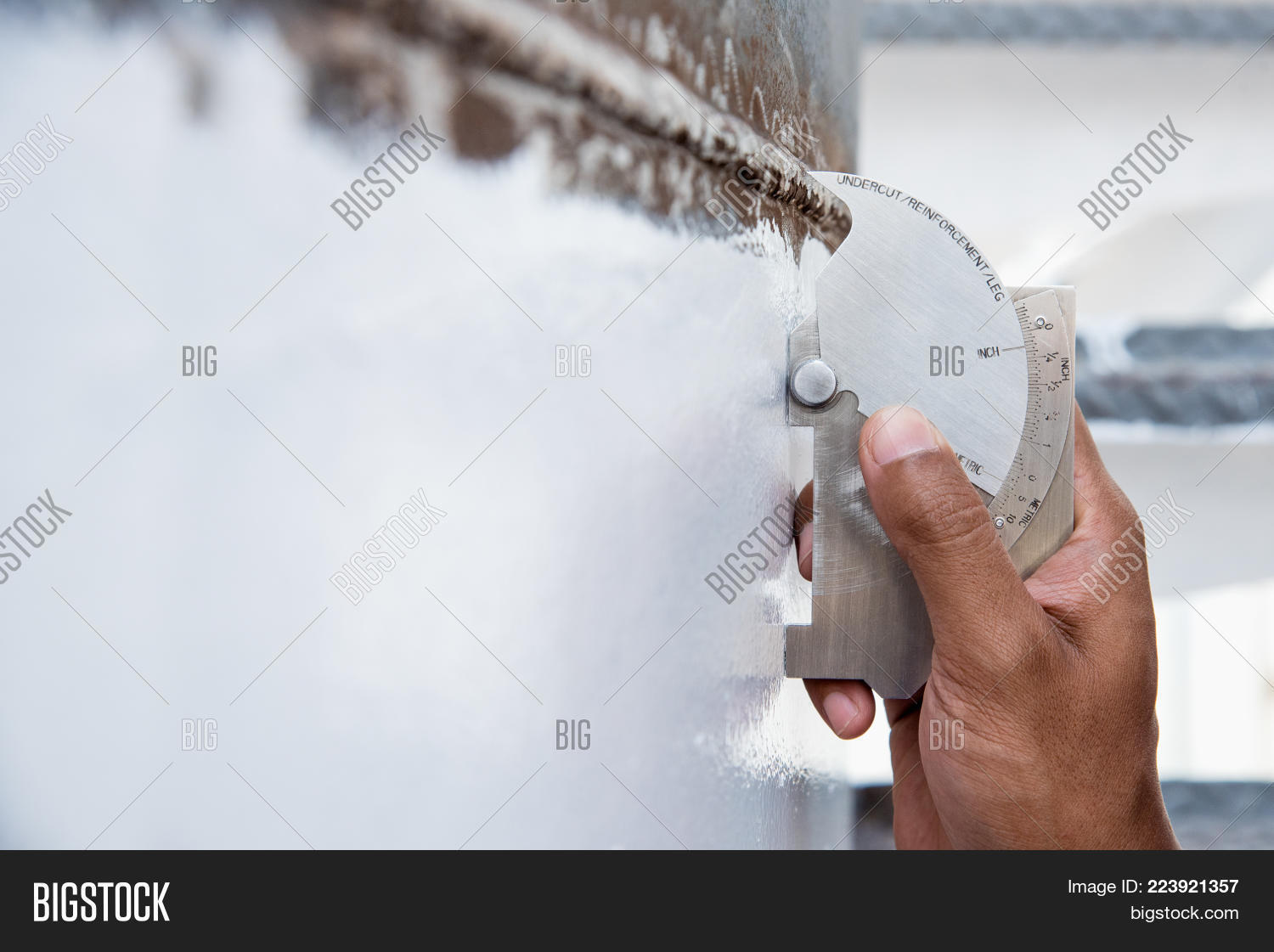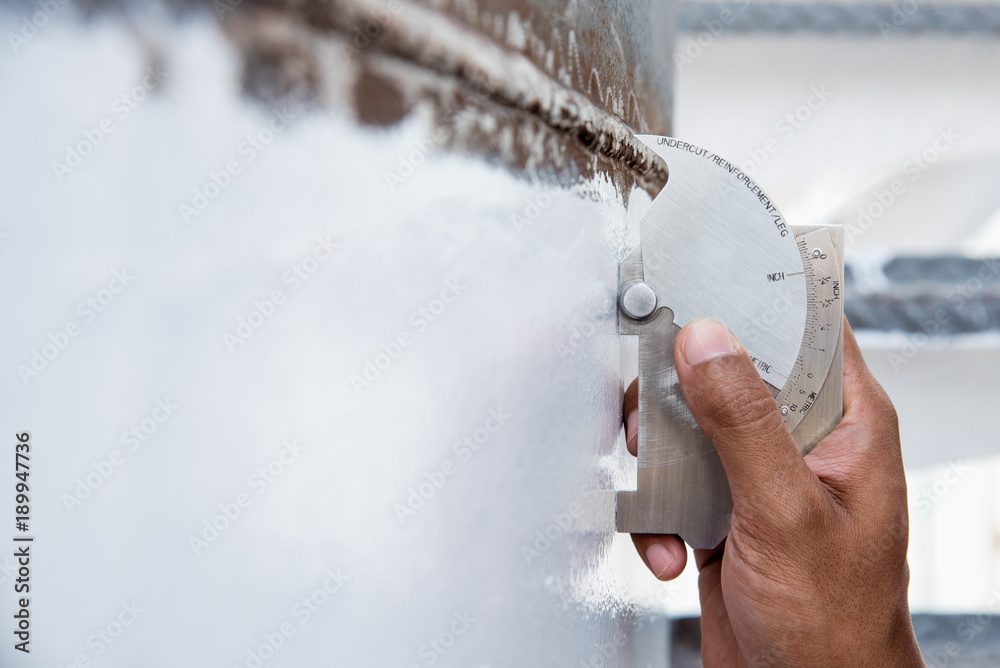Comprehending the Trick Steps in Tank Welding Inspection Procedures
Comprehending the Trick Steps in Tank Welding Inspection Procedures
Blog Article
A Thorough Summary of Tank Welding Inspection Criteria and Methodologies for Improved Weld Top Quality and Efficiency
The relevance of welding assessment requirements in the manufacturing of containers can not be overemphasized, as they offer as the foundation for ensuring weld stability and operational reliability. Different inspection strategies, consisting of visual analyses and progressed non-destructive screening approaches, are vital in identifying possible defects that could jeopardize efficiency.
Importance of Welding Examination Criteria

Welding assessment criteria incorporate a series of requirements, including product specifications, welding treatments, and credentials of employees associated with the welding procedure. By applying these criteria, companies can methodically determine and correct prospective defects, thus minimizing the possibility of costly fixings or devastating failures. In addition, rigorous examination techniques promote a culture of responsibility and accuracy, encouraging welders to keep high levels of craftsmanship.

Typical Welding Assessment Methods


Ultrasonic Examining (UT) is another prevalent strategy, utilizing high-frequency sound waves to find interior problems that might not show up on the surface. This method is specifically effective for identifying spaces or inclusions within the weld steel. Magnetic Bit Examining (MT) is likewise widely used, specifically for ferromagnetic products, as it discloses surface area and near-surface issues with the application of magnetic fields and ferrous fragments.
Furthermore, Liquid Penetrant Screening (PT) detects surface-breaking problems by applying a penetrant to the weld and afterwards making use of a programmer to extract the penetrant. Each of these strategies adds to a comprehensive assessment method, guaranteeing that welds meet the rigorous top quality criteria required in container building.
Regulatory Criteria and Compliance
Regulative criteria and compliance are essential elements in making sure the security and dependability of welded structures in tank building and construction - Tank Welding Inspection. These requirements offer to develop minimum needs for material buildings, welding treatments, and inspection techniques, thus minimizing the danger of structural failures and enhancing total efficiency
Key companies, such as the American Society of Mechanical Designers (ASME) and the American Welding Society (AWS), give guidelines that are extensively taken on in the industry. Compliance with these criteria not only guarantees adherence to best techniques but likewise meets legal and contractual responsibilities, guarding the interests of stakeholders.
Regulatory bodies typically mandate adherence to certain codes, such as ASME Code Area IX for welding qualifications and API 650 for bonded tanks. These codes outline needs for welding strategies, qualifications of workers, and testing techniques to validate weld honesty.
Normal audits and examinations are essential to maintaining compliance, as they aid identify deviations from developed requirements. Non-compliance can lead to significant charges, project hold-ups, and safety and security threats. Hence, a robust understanding of regulatory criteria and a dedication to conformity are vital in accomplishing top notch and long lasting bonded tank frameworks.
Non-Destructive Testing Approaches
How can the stability of bonded structures be assured without causing damage? Non-destructive screening (NDT) methods use a robust remedy, making it possible for inspectors to examine weld top quality without endangering the product - Tank Welding Inspection. Amongst one of the most typical NDT strategies are ultrasonic testing (UT), radiographic Full Report screening (RT), magnetic bit testing (MT), and dye penetrant testing (PT)
Radiographic screening involves passing X-rays or gamma rays via the weld, producing pictures that disclose architectural defects such as fractures or spaces. This approach is very useful for assessing the integrity of complicated welds.
Magnetic fragment screening is fit for ferromagnetic materials, where magnetic areas reveal surface and near-surface suspensions. Dye penetrant testing uses a fluid color to highlight surface-breaking problems, making it an effective technique for non-porous materials.
Each of these NDT techniques has distinctive advantages, permitting for extensive analyses tailored to particular products and welding processes. By implementing these techniques, sectors can ensure the dependability and safety of welded structures, eventually enhancing overall performance.
Enhancing Weld Top Quality Via Examination
Efficient assessment plays a vital role in improving weld quality, functioning as a crucial checkpoint in the fabrication process. By recognizing possible problems early, examinations reduce the risk of compromised structural stability and make sure compliance with sector requirements. Utilizing a combination of visual assessments, published here non-destructive testing (NDT) approaches, and mechanical assessments, assessors can detect issues such as porosity, splits, and incomplete combination.
Implementing a robust assessment procedure not only improves the overall quality of welds however also fosters a culture of liability amongst welders and makers. Normal training and accreditation of examination workers make certain that they are geared up with the essential abilities to identify and address prospective problems successfully. This aggressive method decreases rework and linked expenses, eventually adding to try here predict effectiveness.
Moreover, extensive paperwork of inspection findings provides important understandings right into repeating concerns, facilitating constant improvement in welding practices. By leveraging innovative technologies, such as automated ultrasonic testing or digital radiography, weld top quality can be boosted through much more accurate evaluations. To conclude, an extensive examination process is indispensable in achieving premium welds, guaranteeing safety and security, dependability, and longevity in tank fabrication.
Final Thought
To conclude, the implementation of rigorous tank welding inspection standards and approaches is crucial for making certain weld integrity and efficiency. By using a combination of visual examinations, non-destructive screening techniques, and adherence to regulatory criteria, companies can effectively determine and alleviate possible problems. Promoting a society of responsibility amongst welders additionally improves the high quality of welding procedures. Ultimately, these techniques add to minimized architectural failures, reduced fixing prices, and improved functional performance within the industry.
Report this page